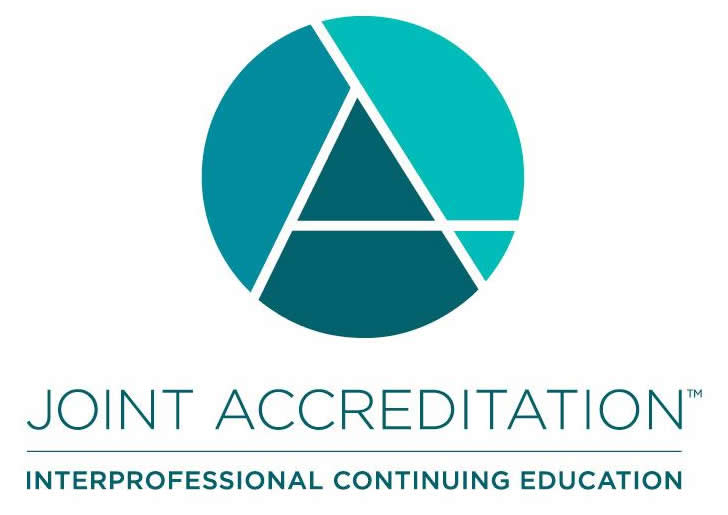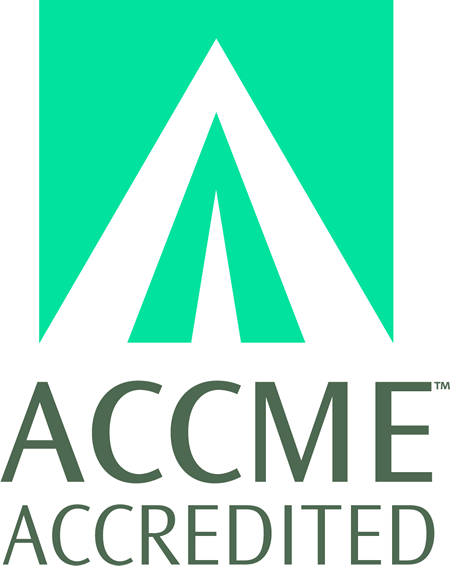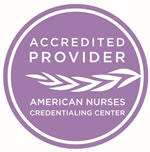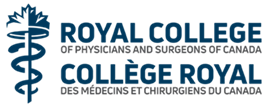
COURSE CREDITS & HOURS
21 AMA PRA Category 1 Credit(s)™21 ACPE Credits
21.0 Contact Hours
COURSE FEES
TARGET AUDIENCE
PROGRAM PURPOSE
Topics:
- Hypertension
- Apply new HTN guidelines
- Describe rationale for those guidelines
- Managing Mildly Abnormal Liver Functions
- Apply established guidelines in the evaluation of abnormal LFTs
- Describe the rationale behind the guidelines
- Common Skin Rashes and Skin lesions
- Identify and recognize common rashes and lesions in the primary care setting
- Introduction to CAM/Integrative Medicine including Herbals and Supplements
- Cite the frequency of use of various modalities among patients and health care professionals
- Give examples of the more common CAM therapies
- Examine the evidence base for and/or against common CAM therapies
- Evaluating Dyspepsia
- Apply established guidelines in the evaluation of Dyspepsia
- Describe the rationale behind the guidelines
- Low Back Pain
- Apply ACP/APS guidelines to the evaluation and treatment of low back pain
- Apply the concept of "red flags" to the evaluation of LBP
- Treating Obesity
- Identify health consequences of obesity
- Review pathophysiology of obesity
- Distinguish advantages/disadvantages of diet and exercise types
- Discover new modalities for treatment of obesity
- Treating the Depressed Patient Without Getting Depressed
- Apply and interpret screening tools for depression
- Describe measurement based care and how it can improved treatment outcomes
- Summarize most common therapies for depression
- Treating Anxiety in Primary Care
- List the frequency of common anxiety disorders
- Apply the GAD-7 as a screen for anxiety disorders
- Recognize the common drugs and non-pharmacologic therapy used to treat anxiety disorders
- Evidenced Based Treatment of URI and bronchitis
- Recognize clinical factors which differentiate when to consider antibiotic use
- Differentiate appropriate antibiotics for URIs
- Give examples of appropriate symptom relief modalities
- Acute and chronic sinusitis
- Understand the anatomy of the paranasal sinuses.
- Explain the pathophysiology of acute and chronic sinusitis.
- Describe methods of diagnosis and treating acute and chronic sinusitis.
- Anaphylaxis: Diagnosis and management
- Explain mechanisms and presentations of anaphylaxis.
- Describe treatment with emphasis on the importance of epinephrine.
- Explain why physicians and staff should be proficient in anaphylaxis management.
- Update in asthma management
- Discuss the pathophysiology of asthma.
- Describe how asthma symptoms may not correlate with asthma severity.
- Explain the concepts of step-care guideline-based asthma management.
- Caring for the patient with chronic cough
- Explain the mechanisms of the cough reflex.
- Describe the most common causes of chronic cough.
- Describe diagnostic empiric trials of therapy.
- Allergic and non-allergic rhinitis
- Explain types of rhinitis including various non-allergic types as well as allergic rhinitis.
- Describe conditions that mimic rhinitis.
- Determine appropriate diagnostic studies and treatment plans.
- Current approach to the management of stinging insect allergy
- Explain various types of reactions to an insect sting.
- Describe treatment for each type of sting reaction.
- Determine which patients should be referred to a board certified allergy/immunology specialist.
- Managing chronic idiopathic urticaria and angioedema (CIU/A)
- Explain the differences between CIU/A and other types of chronic dermatitis.
- Describe mechanisms underlying CIU/A.
- Describe appropriate treatment regimens and why there is so much variety in the treatment needed for control.
- Ocular allergy
- Explain the pathophysiology of allergic conjunctivitis.
- Describe other eye abnormalities which may have similar symptoms.
- Determine appropriate treatment and when referral to an ophthalmologist is indicated.
- Food allergy
- Understand the important differences between adverse food reaction and true food allergy.
- Explain the importance of avoidance.
- Describe newer forms of treatment of some food allergies.
- Recognizing and managing atopic dermatitis
- Explain the natural history of atopic dermatitis.
- Describe the many different triggers for atopic dermatitis.
- Describe the tier approach to treatment strategies.
The purpose of these allergy lectures is to review common allergy-related conditions that primary care providers will encounter and bring participants up-to-date with the current methods of evaluation and treatment.
Attendees will re-enforce their present knowledge and acquire additional information about the covered topics with emphasis on the best management options for each disease state discussed.
































